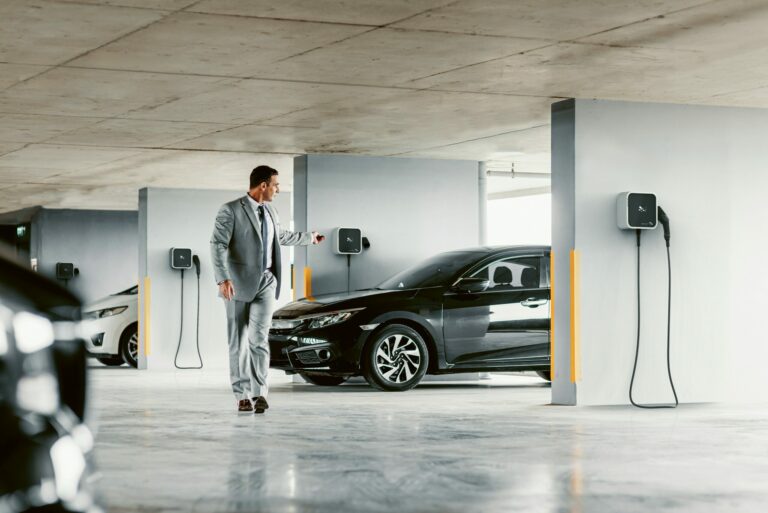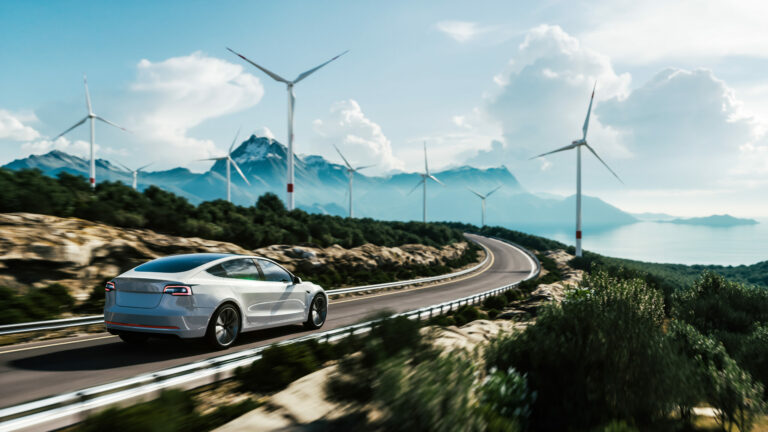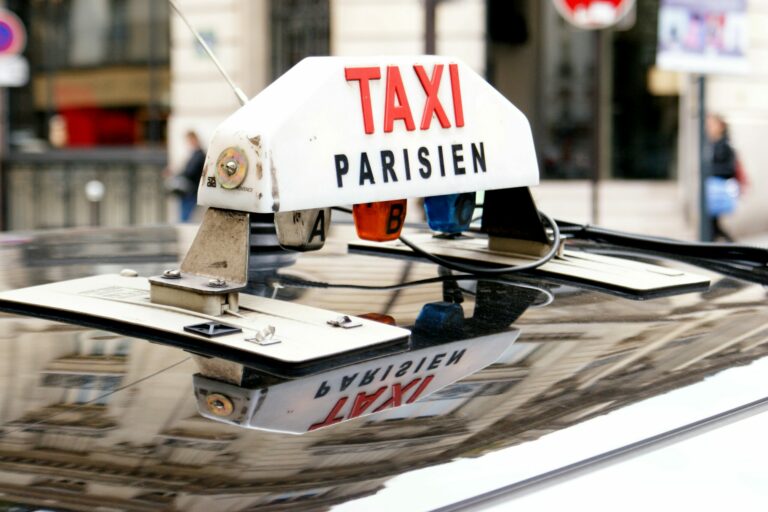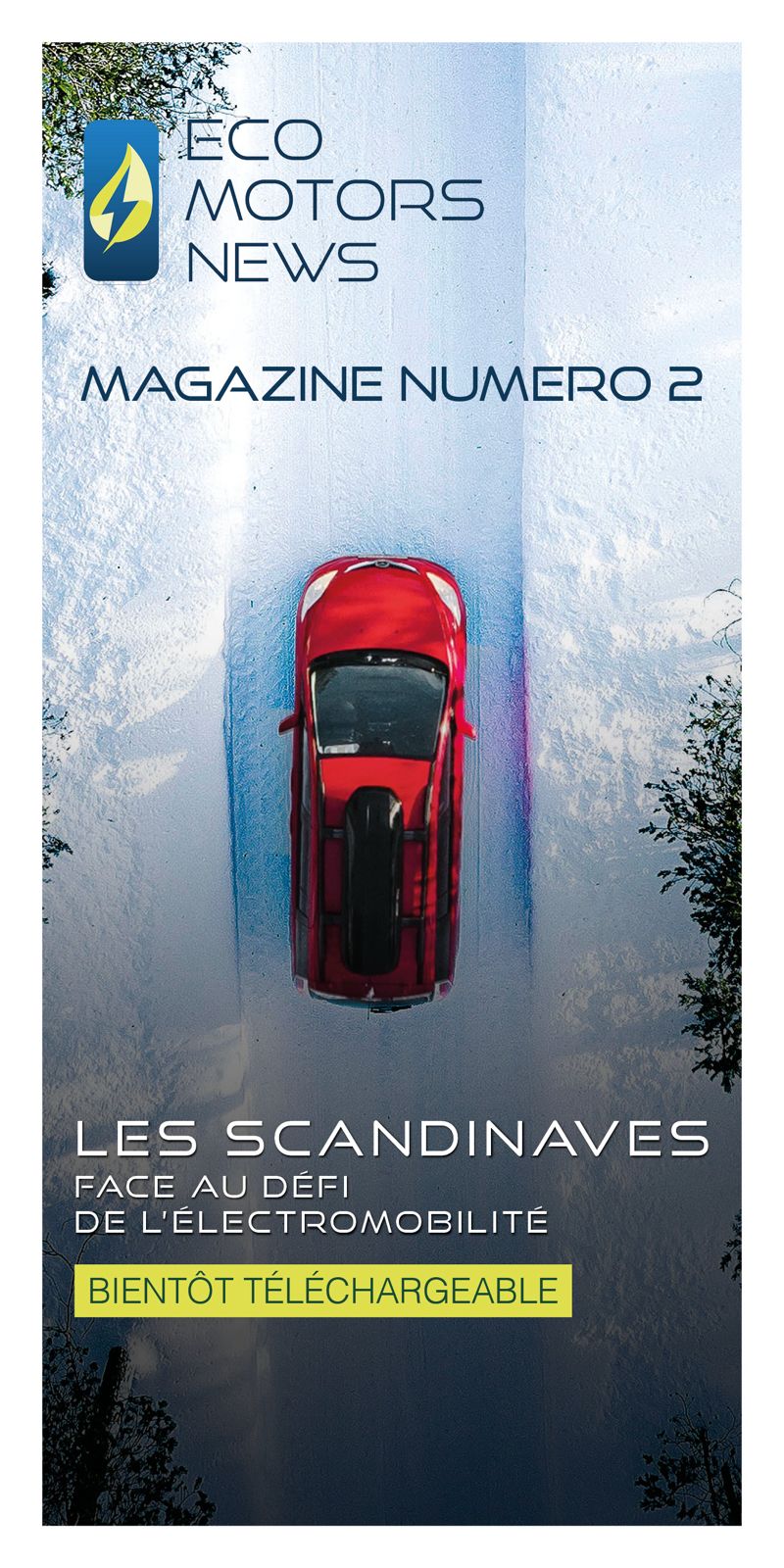Just like filling up with fuel, charging is a central concern for all electric car owners. But when should you choose slow charging versus fast charging? What are their advantages and disadvantages?
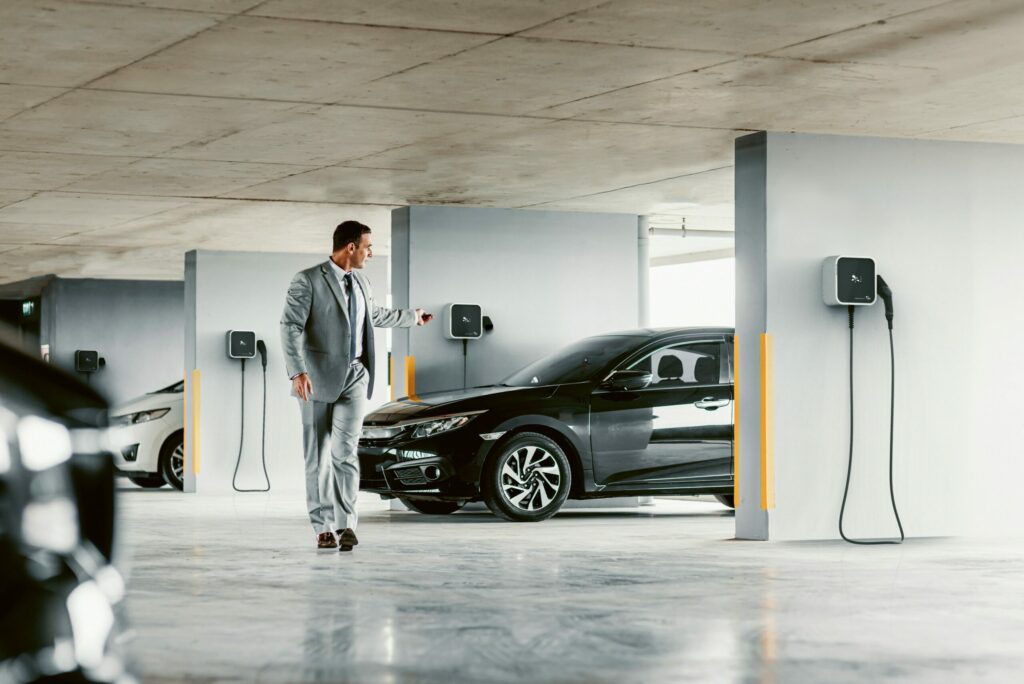
Unlike petrol or diesel engines, where a stop at the pump is mandatory, electric charging can be done at home, at public charging stations, or on motorways. Depending on the location, charging stations offer very different power levels and charging times. These are referred to as slow or fast charging, each with its own pros and cons. It is therefore important for electric car owners to know when to prioritise one over the other, to protect their vehicle… and their wallet!
Two main types of charging
1. Slow Charging
Slow charging is carried out at stations with power levels ranging from 2 kW (for a domestic socket) up to around 20 kW at public charging stations. Charging is slower because it uses alternating current, which must be converted into direct current to be stored in the battery.
2. Fast Charging
Fast charging stations, most commonly found at motorway service areas, supply direct current to the battery. Their power ranges from 50 kW to over 500 kW, allowing the battery to be charged much more quickly.
Slow charging for everyday use
Why prioritise slow charging on a daily basis? First of all, because it is less aggressive on the battery cells and therefore preserves the battery’s integrity in the long term. The only downside is the longer charging time. However, this is not really a problem in daily life when it is possible to charge at home or in the office parking lot. If the battery is always kept between 20% and 80%, this is more than sufficient to preserve it while still using the car every day.
Another major advantage, and not the least, is that slow charging is generally cheaper than fast charging, especially if you charge at home during off-peak hours.
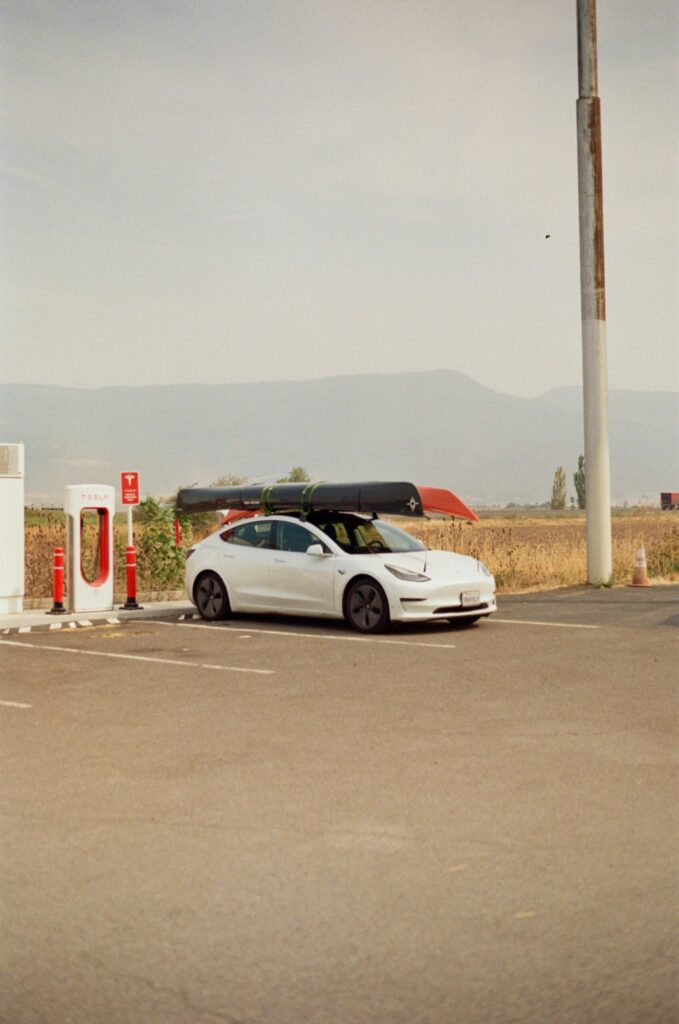
Fast charging for long journeys
Fast, or even ultra-fast, charging stations allow you to charge the battery up to 80% in less time than it takes to finish a coffee, a triangular sandwich, and a chocolate bar. Naturally, they are mostly found on motorways. Their existence is essential for long journeys in an electric vehicle.
Without them, drivers would need to stop for several hours, but intensive use of fast charging is not recommended, as it has consequences. Fast charging generates a higher increase in battery cell temperature, which can accelerate battery degradation compared to regular slow charging.
In other words, fast charging is intended for long journeys, emergencies, and unexpected situations.
There have been recent improvements in charging networks as well as promising developments in battery technologies. Whether through the popularisation of solid-state batteries or integrated temperature management, it may no longer be necessary in a few years to question whether to use slow or fast charging.
In the meantime, the best practice is to take care of the battery by prioritising slow charging for everyday use and using fast charging more occasionally.


